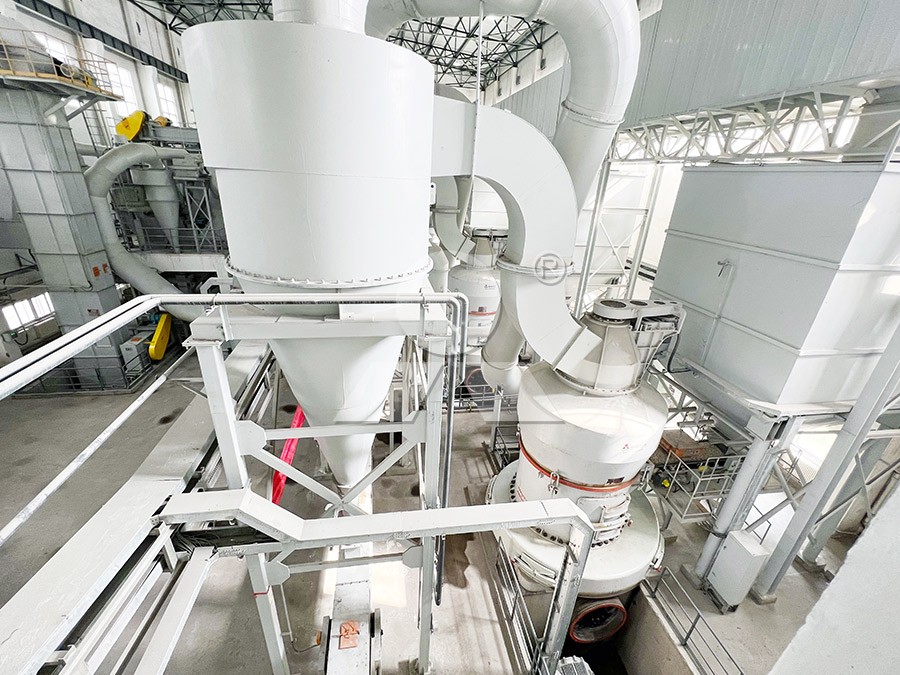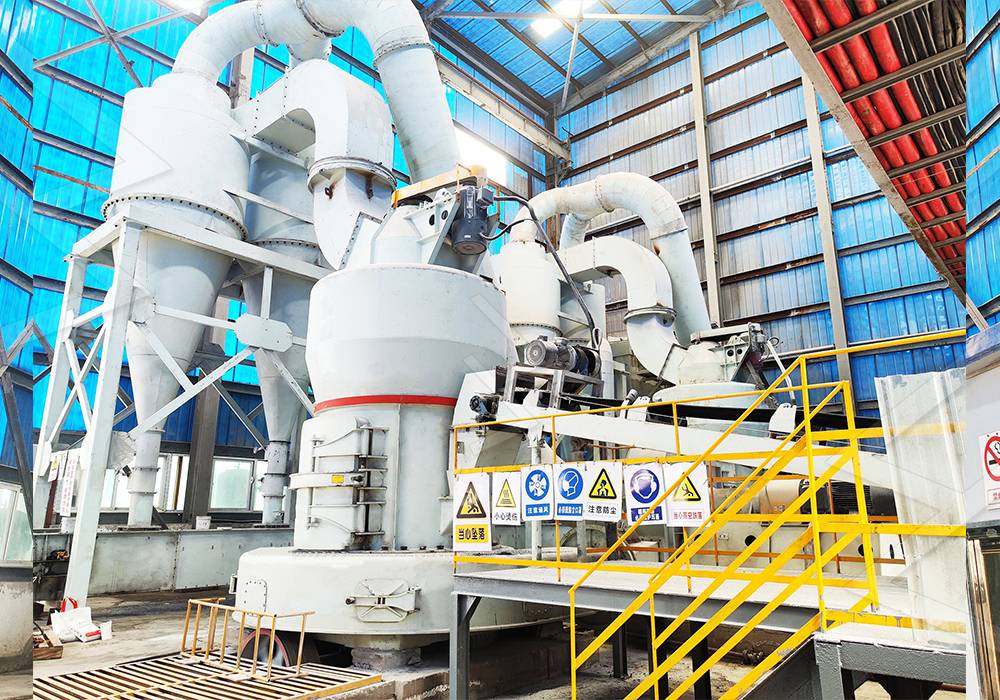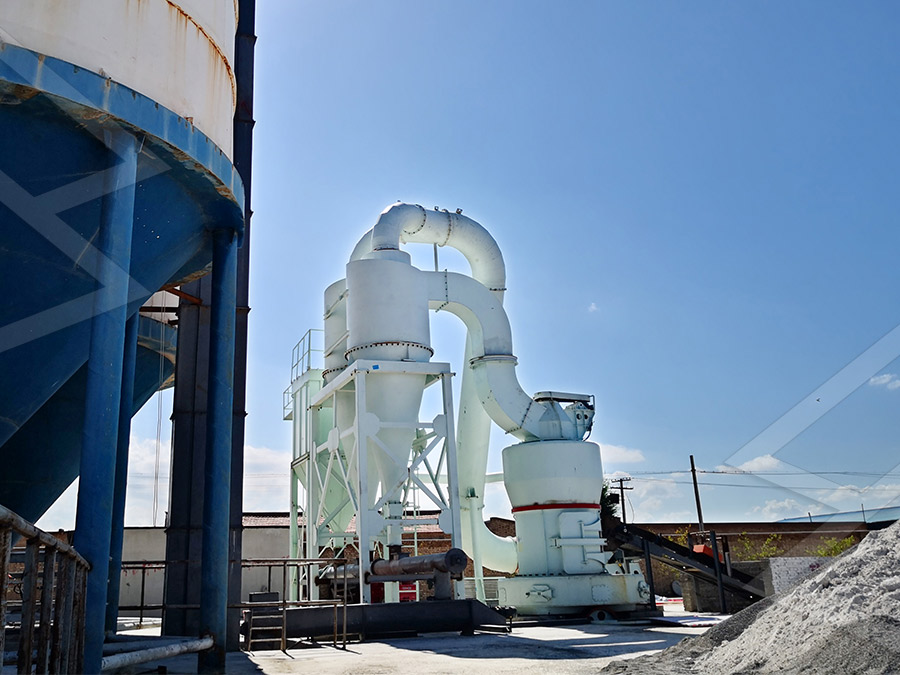4R Raymond Mill for Grinding Sand and Gravel: A Comprehensive Guide
Unlocking Efficiency in Sand and Gravel Processing
The processing of sand and gravel requires robust and efficient grinding equipment capable of handling abrasive materials while maintaining consistent output quality. Among the various solutions available, the 4R Raymond Mill stands out as a proven workhorse in aggregate processing operations worldwide. This advanced milling system combines decades of engineering refinement with modern technological enhancements to deliver exceptional performance in demanding applications.

Technical Superiority in Aggregate Processing
The 4R Raymond Mill features four grinding rollers that work in conjunction with a grinding ring to achieve precise particle size reduction. With an input size capacity of <25 mm and throughput ranging from 0.6-5 tph, this mill is perfectly suited for medium-scale sand and gravel operations. The centrifugal force generated by the rotating main shaft causes the rollers to swing outward, pressing against the ring and creating the grinding action that reduces raw materials to the desired fineness.
What sets the 4R Raymond Mill apart is its optimized airflow system, which ensures efficient material transport and classification. The integrated separator allows for real-time adjustment of product fineness, while the closed-circuit design minimizes dust emissions and maximizes product recovery. This makes it particularly valuable for operations requiring consistent product quality across multiple shifts.
Advanced Features for Modern Operations
Modern 4R Raymond Mills incorporate several technological improvements over earlier generations. The grinding rollers and rings are manufactured from special alloy materials that significantly extend service life when processing abrasive sand and gravel. The centralized lubrication system ensures all moving components receive proper lubrication without interrupting production, while the automatic control system allows operators to monitor and adjust key parameters from a central station.

For operations requiring higher capacity or specialized applications, we recommend considering our MW Ultrafine Grinding Mill. This advanced system handles input sizes up to 20 mm with capacities ranging from 0.5-25 tph, making it ideal for operations that require greater throughput or finer end products. The MW Mill’s innovative design features higher yielding capacity with lower energy consumption compared to conventional grinding systems, achieving production rates 40% higher than jet grinding mills with only 30% of the energy consumption.
Application-Specific Advantages
When processing sand and gravel, the 4R Raymond Mill demonstrates particular strengths in several key areas. The system’s ability to handle variations in material hardness and moisture content makes it versatile across different deposit types. The grinding mechanism produces cubical particles that enhance the quality of concrete and asphalt mixes, while the adjustable fineness control allows producers to meet specific customer specifications for different applications.
Another excellent option for specialized applications is our LUM Ultrafine Vertical Grinding Mill, which combines advanced grinding roller technology with German powder separating technology. With input sizes up to 10 mm and capacity of 5-18 tph, the LUM Mill offers exceptional precision for operations requiring tight control over product specifications. Its unique roller shell and lining plate grinding curve design generates material layers more efficiently, resulting in higher quality finished products with improved whiteness and cleanliness.
Operational Efficiency and Maintenance
The 4R Raymond Mill’s design prioritizes operational simplicity and maintenance accessibility. The modular construction allows for quick replacement of wear components, while the straightforward mechanical design reduces the need for specialized maintenance expertise. Regular maintenance primarily involves monitoring and replacing grinding elements and ensuring proper lubrication, tasks that can be scheduled during normal operational downtime.

The mill’s energy efficiency stems from its direct grinding mechanism, which minimizes power losses associated with more complex transmission systems. This efficiency, combined with the system’s reliability, results in lower operating costs over the equipment’s lifecycle, making it an economically sound choice for sand and gravel processors.
Frequently Asked Questions
What is the typical particle size range achievable with a 4R Raymond Mill for sand and gravel?
The 4R Raymond Mill can produce finished products ranging from 30-425 mesh, though the exact range depends on material characteristics and operational adjustments. Most sand and gravel applications target the 80-200 mesh range for optimal performance in construction applications.
How does the 4R Raymond Mill compare to ball mills for sand grinding?
While ball mills are capable of fine grinding, the 4R Raymond Mill offers significantly higher energy efficiency and more precise particle size control. The Raymond Mill’s vertical structure also requires less floor space and allows for easier maintenance access compared to traditional ball mills.
What wear parts require regular replacement in the 4R Raymond Mill?
The primary wear components are the grinding rollers and grinding ring, which typically require inspection every 500-800 operating hours and replacement every 2,000-3,000 hours depending on material abrasiveness. The shovel blades and wear plates also require periodic inspection and replacement.
Can the 4R Raymond Mill handle wet sand and gravel materials?
While the standard configuration is designed for materials with moisture content below 6%, optional heating systems can be incorporated to handle higher moisture levels up to 15%. For consistently wet materials, pre-drying systems are recommended to maintain optimal grinding efficiency.
What safety features are incorporated in modern 4R Raymond Mills?
Contemporary models include multiple safety systems such as overload protection, temperature monitoring, vibration sensors, and automatic shutdown mechanisms. The grinding chamber is designed to contain operational pressures, while access points feature interlock systems to prevent operation during maintenance.
